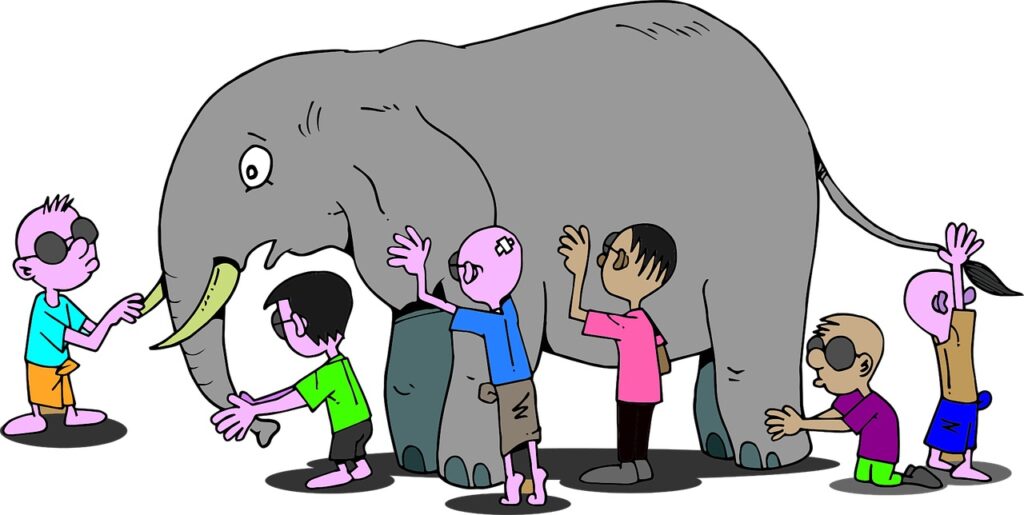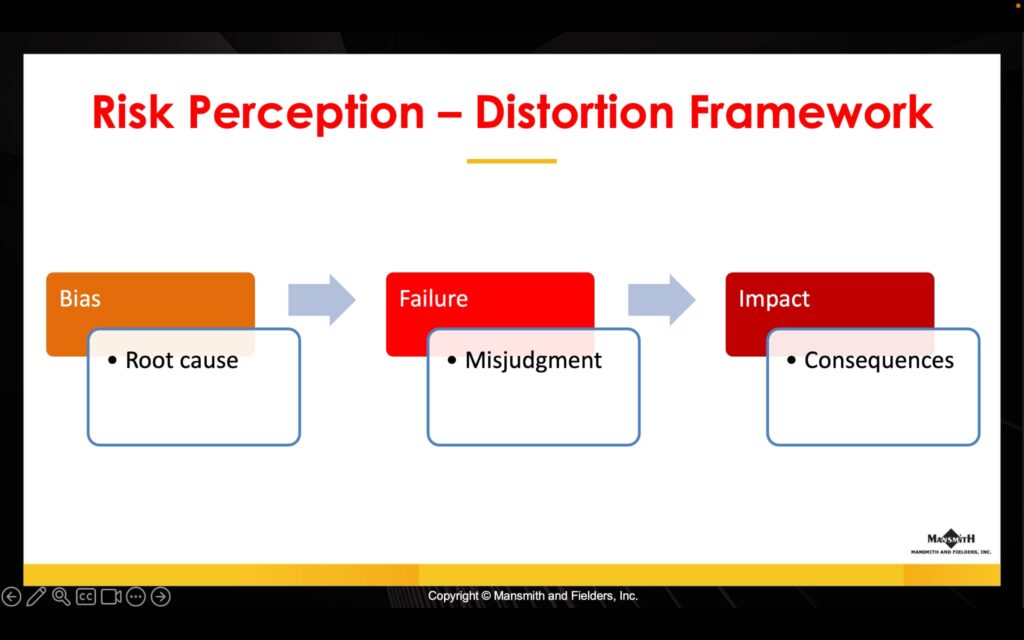
Leaders are expected to decide fast, act boldly, and drive results. But here’s the uncomfortable truth: most business leaders don’t stop to think about how they think. They operate on autopilot, relying on gut, experience, and instinct, convinced they’re exercising sound judgment.
This mindset isn’t just common; it’s a leadership blind spot with serious consequences. In an age of complexity and uncertainty, how you think matters as much, if not more, than what you decide.
Want proof? Just look at their daily calendars. Rarely do top leaders block time to do nothing but reflect and think deeply. Edgar “Injap” Sia II, chairman of Double Dragon Properties, Hotel 101. among other companies, shared a simple but powerful process with me years ago: reserve dedicated, distraction-free time daily for reflection, with no emails, no calls, just thinking.
Without this deliberate pause, leaders risk decision-making on autopilot, blinded by their own biases and missing the bigger picture.
1. The Thinking Blind Spot: Why Most Leaders Are Flying Blind
Most leaders believe they’re making sharp, confident decisions. But very few are consciously aware of their own mental habits, assumptions, or biases.
What does this look like in practice?
- When pressure mounts, leaders default to gut feelings or “what worked last time,” even when the context has changed.
- Speed and action are rewarded far more than reflection or questioning.
- Decisiveness is often confused with clarity or quality.
This creates a dangerous illusion: thinking is mistaken for speed or confidence, not for rigor or insight.
Only a small subset of leaders, often those trained in rigorous strategic planning, behavioral science, or design thinking, treat thinking as a deliberate skill. They recognize that strong leadership isn’t just about what decisions you make, but how you arrive at them.
Why does this matter? Because unconscious thinking traps leaders in outdated assumptions, cognitive biases, and blind spots that can derail even the best intentions.
2. Good Results Don’t Prove Good Decisions
There’s a widespread myth: if you get good results, it means you made a good decision. Not so.
Business outcomes are often disconnected from decision quality because of factors like:
- Luck: Timing, competitor mistakes, or tech tailwinds can make a weak strategy look like a masterstroke.
- Momentum: Strong brands or dominant market positions sometimes succeed despite flawed leadership.
- Survivorship Bias: We focus on winners and ignore the many who failed following the same playbook.
- Hindsight Fallacy: Stories get rewritten to make decisions seem more intentional and smarter than they were.
The truth? Good decisions can produce bad results. Bad decisions can sometimes succeed. What matters is the process, the rigor and quality of how decisions were made, not just the outcome.
3. Strategic Planning: Your Leadership Team’s Thinking Gym
Strategic planning is often dismissed as a boring forecasting exercise or a PowerPoint or Canva ritual. But it can be so much more, a discipline that makes thinking visible and upgrades how your leadership team thinks.
Here are five ways to make strategic planning a true thinking lab:
- Make Thinking Visible
Use frameworks that clarify how problems are defined, options weighed, and trade-offs evaluated. Before every meeting, ask: “What assumptions are we making here?” Don’t leave assumptions unchallenged. - Build in Pause Points
Embed moments for reflection and re-evaluation. Questions like “What would we do if we started from scratch?”or “If we didn’t own this product, would we still build it?” force fresh thinking and prevent inertia. - Scenario Planning
Scenario planning isn’t about predicting the future; it’s about exercising mental flexibility. It exposes groupthink and reveals hidden blind spots, especially under uncertainty. - Bias Checks & Red Teams
Use premortems, devil’s advocates, or red teams to challenge dominant logic. Ask: “Where could this go wrong, and why might we miss it?” This pushes your team out of comfort zones and uncovers risks. - Switch Thinking Modes
Explicitly invite different thinking styles during sessions: critical analysis, creative ideation, big-picture synthesis, among others. For example, say: “Let’s shift into critical mode now,” or “What would a creative response look like here?” This helps avoid mental ruts.
Leadership Discussion Guide: The Tough Questions You’re Probably Not Asking
Many leadership teams avoid tough conversations about how they think. Here are five questions to surface hidden assumptions and blind spots, questions that most leadership discussions skip but should not:
- What are we assuming to be true right now, and how confident are we in those assumptions? Push beyond obvious facts. Challenge comfort-zone thinking.
- Where have we been overconfident in our past decisions, and what did we miss? Reflect honestly on biases and blind spots from previous wins or losses.
- What risks are we ignoring or underestimating because they’re uncomfortable or inconvenient? Name the elephants in the room before they become crisis.
- If this strategy fails, what will be the most likely causes, and did we plan for them? Premortems force humility and prepare your team to course-correct early.
- Are we falling into groupthink or echo chambers? Who or what challenges our thinking regularly? Identify if you have real “red teams” and devil’s advocates or if consensus is just compliance.
The Unexamined Thinking Problem
Most leaders don’t have a thinking problem, they have an unexamined thinking problem.
When strategic planning becomes just a ritual, it’s a missed opportunity. But when treated as a thinking discipline, a practice of continuously questioning assumptions and biases, it transforms leadership and decision-making.
This requires humility. Thinking isn’t an ego extension. It’s a skill you build, challenge, and evolve. Because in today’s complex, unpredictable world, how you think matters just as much as what you decide.
Share this with your leadership team and start asking: How conscious are we of our own thinking? The answer could change everything.
***
Josiah Go is the Chair and Chief Innovation Strategist of Mansmith and Fielders, Inc. He is the creator of the “6 Thinking Paradigms” Workshop, and a pre-stratplan “Marketing + Innovation: How You Think Shapes Your Future”. The search for the 5th Mansmith Innovation Awards is currently ongoing. Josiah will also lead a session on uncovering hidden demand at the 2nd Annual Marketing Plan Nationwide Webinar on September 23–24, 2025. For inquiries, email info@mansmith.net.


